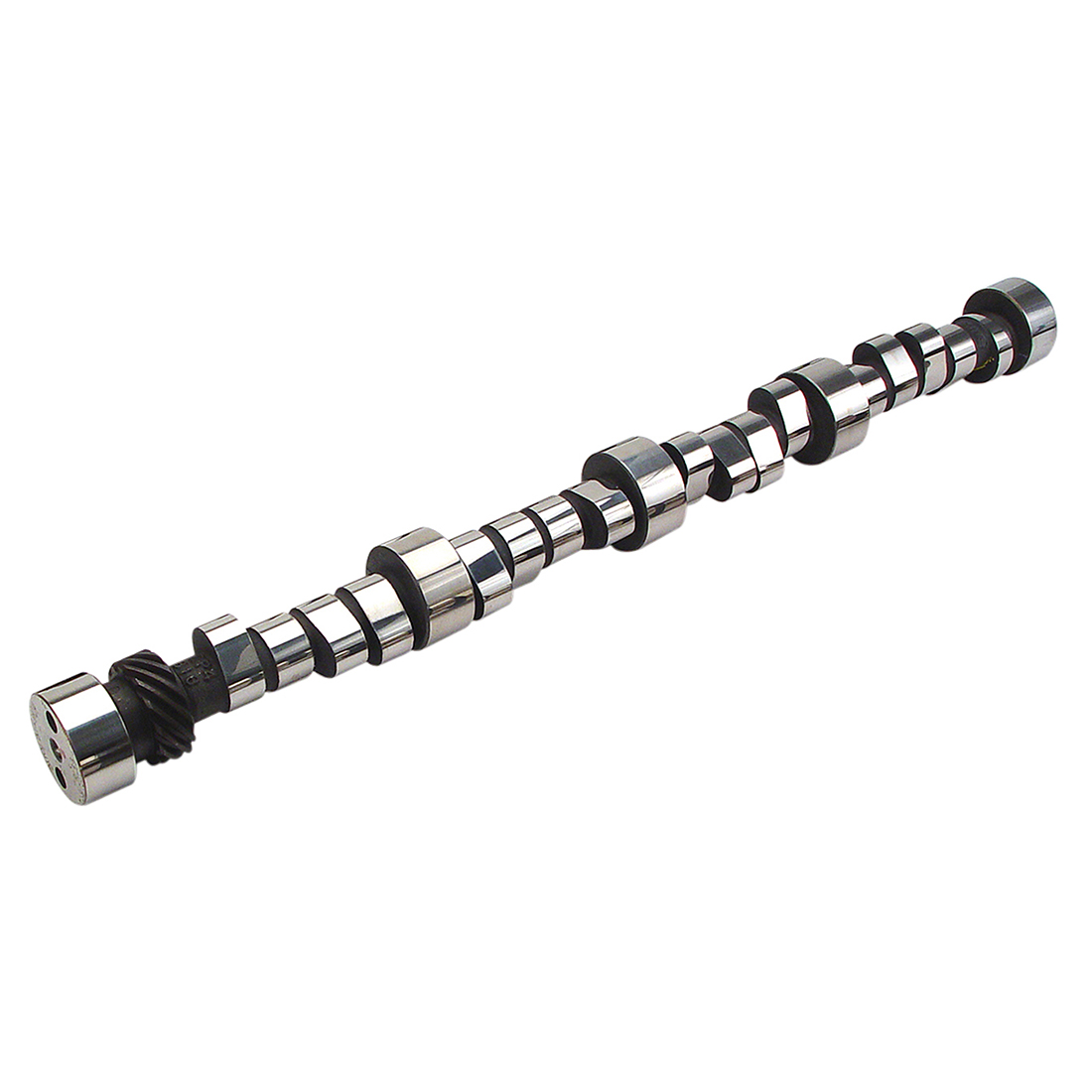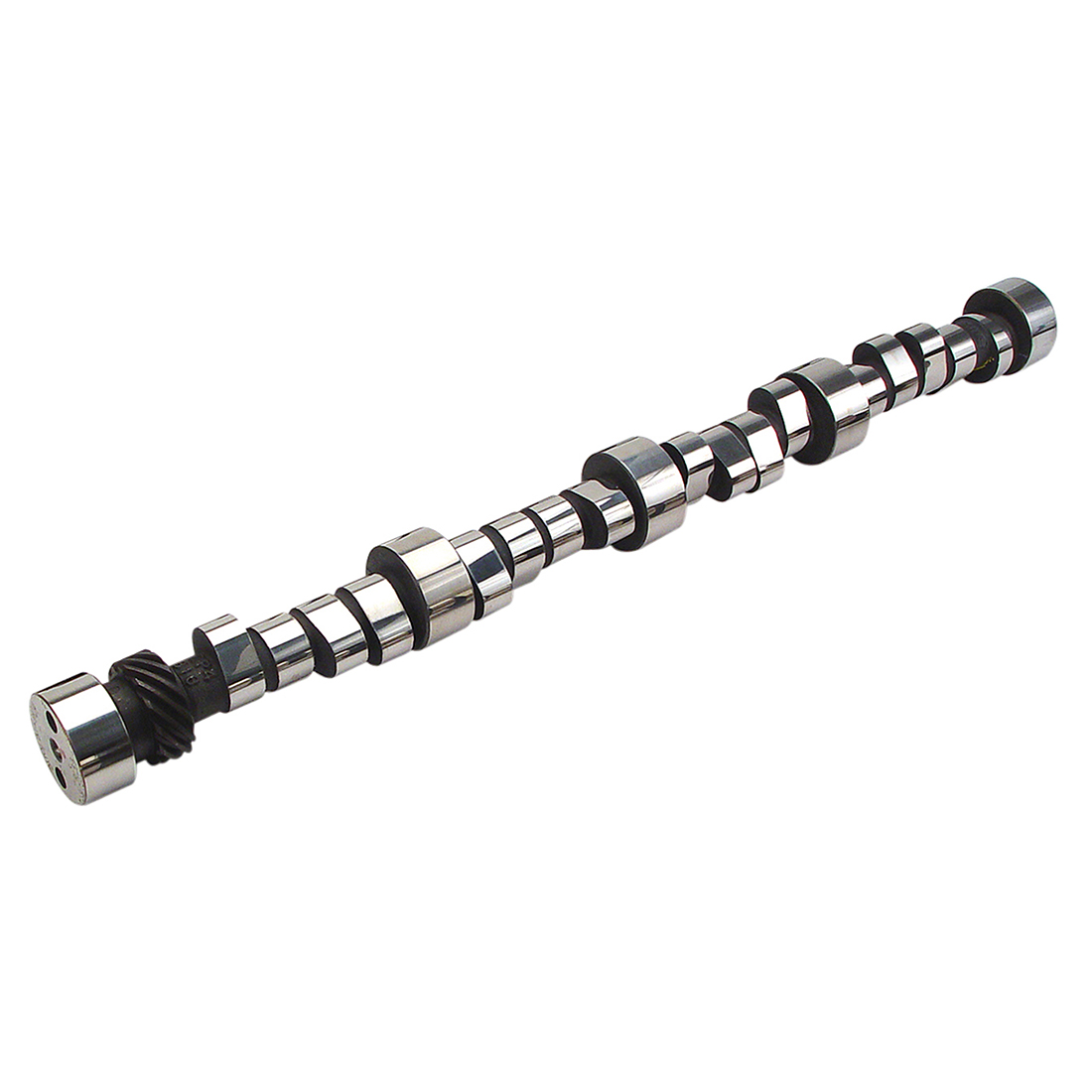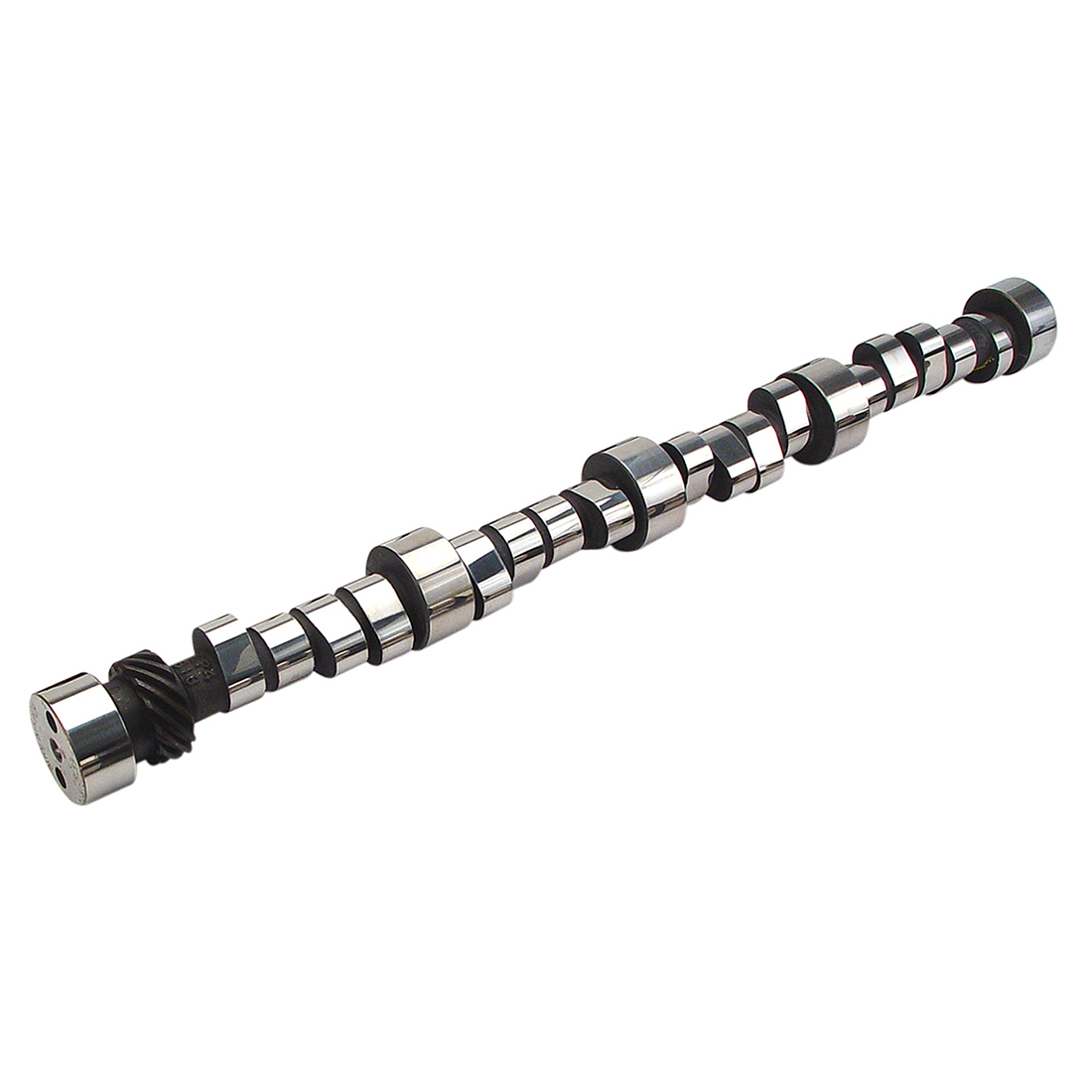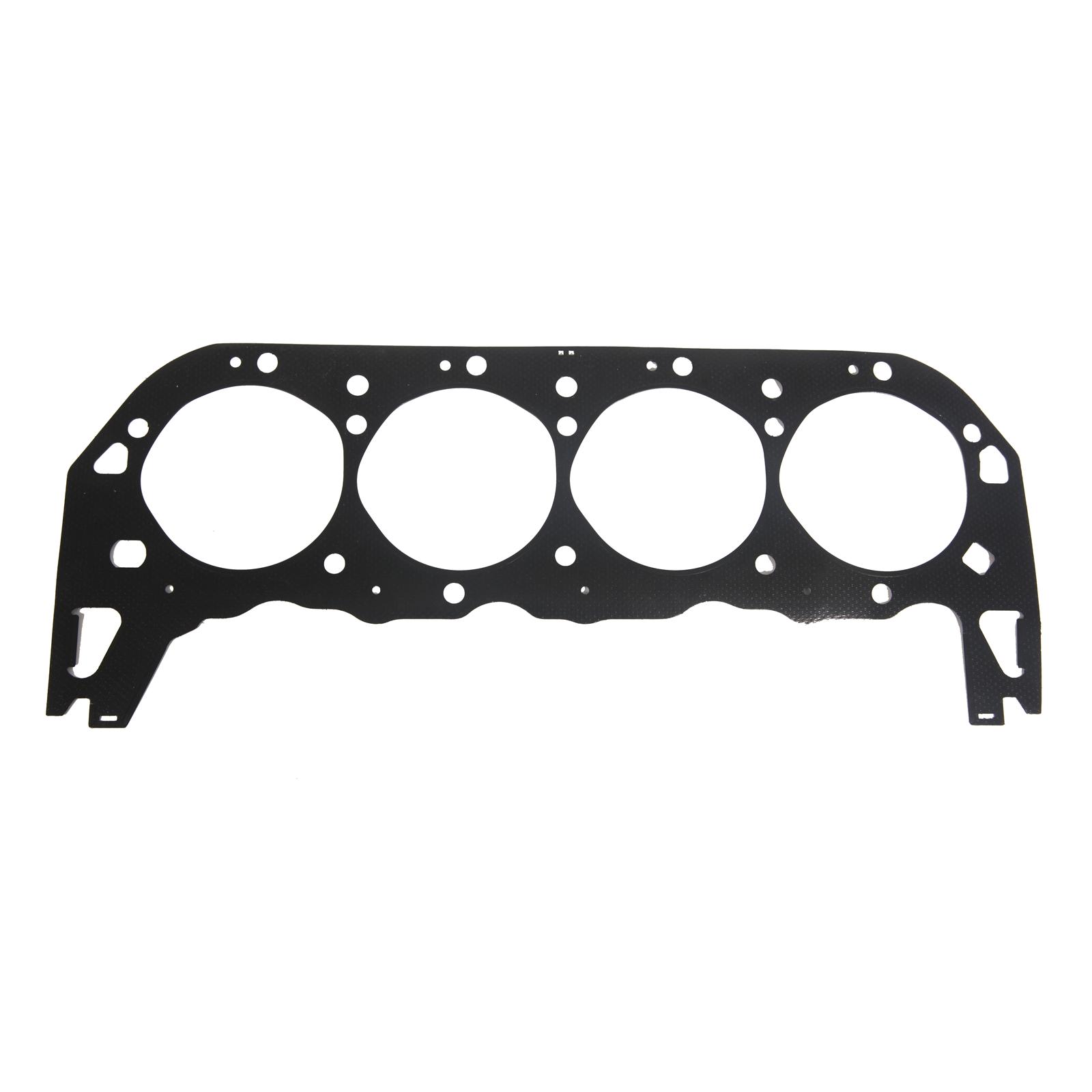Any automotive machine shop with reasonable equipment will deck the block square to the crankshaft saddles. In other words, the "machine" centers the block on the crank saddles, then the block is tipped 45 degrees either way, and the decks are milled. They end up "square" to the crank centerline, flat, smooth, and exactly 90 degrees apart. Thus the usual name for this process--"Square-decking" the block. The machine shop will generally take the minimum cut needed to clean-up the surfaces. The smart person tells the shop to "Zero-deck" or nearly-zero-deck the block; enough material is removed to get the piston tops level with the top of the block, so that the typical and inexpensive .040 gasket leaves a perfect quench distance.
If your deck clearance varies, it "shouldn't" be variations of deck height IF the machine shop centers the block on the main saddles. However, I had the engine block currently in my K1500 decked at a shop with prehistoric equipment. The block is crammed into the milling machine so that the existing deck is more-or-less horizontal, and then the machine cuts it. The set-up relies on the OEM machining which is almost always flawed to begin with, along with operator skill; and gets worse as the block is stress-relieved over two hundred thousand miles of heat- and vibration cycles. (i.e., the block warps in service.)
Next up is the center-to-center distance of the connecting rods. Aftermarket rods can be expected to have tight C-C tolerances; OEM rods not-so-much. And "resized" rods in most cases will have shorter C-C distance than stock because of the remachining done. A mix of "short" and "long" rods will cause the deck clearance to vary.
Another issue is the stroke of the crankshaft. OEM cranks rarely have "perfect" stroke length, and they're often not at perfect 90-degree intervals as they should be. So IF (big IF) the crank
stroke is correct...it may be at the wrong
angle in relation to the other crank throws. The 1--2, 3--4, 5--6, and 7--8 crank throws should be exactly 90 degrees away from each other. In practice, this could be 90--89--91--90 or some such. In this case, given a knowledgeable and CARING crank grinder operator, and equipment in reasonable condition, I'd trust a reground crank more than an OEM "standard" crank because minor problems with the original crank machining can be "ground out" during the undersizing process.
Lastly, there could be variations in piston compression height. Realistically, this is the last thing I'd check in your situation. Even pistons from India seem to be pretty uniform these days.
Since so many things affect piston-to-deck clearance; tolerance stack-up is a genuine issue. A guy can pisss-'n'-moan and spend hours selecting "short" rods to go with "tall" pistons, or long rods to fit the high parts of the deck. No, thanks.
My most-recent 5.7L has returned from my favorite machine shop having been square-decked. Instead of milling excess material from the decks to get to "zero deck", I had the standard/standard crank offset ground on the rod journals to gain .020 of throw (.040 of stroke, .020 "up" and .020 "down") Now the pistons go up far enough to be level with the block, instead of cutting the block to become level with the pistons. I gain a couple of cubic inches in the process, and I get to claim my engine is a "stroker".

Copper head gaskets are not suitable for long-term use. Fine on a "race" engine, not suitable for street-driven, "ordinary" rebuilds. I'm not familiar with this .022 head gasket--got a link? This isn't a steel-shim unit...right?





